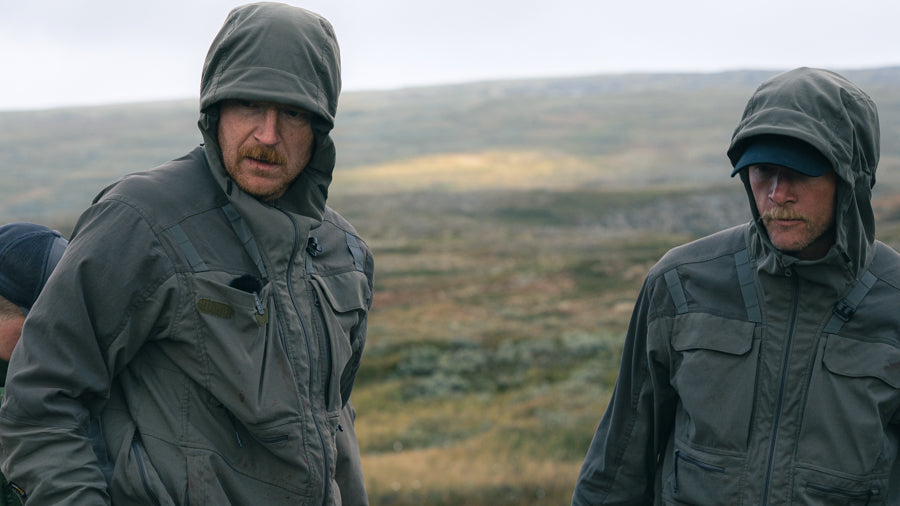
9 tips för att lyckas bättre med bockjakten
The buck hunt (horn-bearing male) starts on 16/8 and is most effective at the beginning of the hunting season, although it works great to hunt buck during the month of September. However, it is around the rut that they can be attracted, and that the roe deer are exposed much more during the rut.
During the rut, the roe deer moves quite frequently in its territory throughout the day and then, when the rut has subsided, focuses more on foraging to recover from the rut and to eat before winter.
1. Think about wind and weathering
I usually define the gears the buck bucks use in their territory to then guard them and place me based on terrain and wind direction. Important to keep in mind when it comes to succeeding well with the buck hunt is the wind direction and consequently where your weathering ends up.
2. When the sun goes down, the wind direction often reverses
My experience is usually that the wind direction often turns when the sun goes down or goes up, which may be worth thinking about a little extra when you sneak out to the place you saw in advance as optimal to fit a buck.
Let the situation choose a pass for buck hunting
I usually define 2 different approaches to roe deer hunting. Either you sit on a pass in a tower and wait at a field where the buck is coming to eat or you sneak carefully around between forest terrain and arable land to see if any buck is on the move. Personally, sneaking suits me much better than sitting still when buck hunting. I would not say that one of the methods is better than the other in my world without situation and terrain usually determines the approach.
Combine stealthily and sit still
I often switch between sneaking a few hundred meters and then sitting still and scouting the terrain with my binoculars. The key word in buck hunting is that hurry is seldom good, if you show up for the buck, the chance is usually over.
5. Sometimes the hunt is not over even though you have been discovered
However, I have a hunt in mind that attracted a number of years ago. I was out sneaking early one morning during the buck hunt to sit and fit in the forest terrain between 2 fields. Once there, I attracted a bit with the Buttolo Blatter I had with me. After about 5 minutes, a deer barked at me in my wind direction and I realized that I was cleared, so I crept on to new areas. When I got about 40 meters, I happened to look back towards where I was sitting and attracted, and then the buck stands in that place. The shot was simple and undramatic and the area buck remained in place. When this was in the premiere days, the buck came on the sound even though it felt my weathering, but the heat took over and it had to check the sound.
6. Camouflage for face and hands
Camouflage for buck hunting is a necessity but not a must. On the other hand, they increase your chance of getting the buck significantly. Although the buck is not the most sharp-sighted of all animals in the forest, it easily notices face and hands, facial nets and gloves are a success factor in buck hunting. In addition, you do not have to use mosquito repellent on your hands if you use gloves.
7. Sneak into protection
Avoid exposing yourself to openings as the buck responds to protruding silhouettes, but rather choose to sneak into shelter (for example a large spruce) before you look out over fields or felled. Good camouflage on the clothes and rust-free clothes also increase your chances of getting shot.
8. Plan before the buck hunt starts
Plan before the hunt starts so you know where the buck has its territory and its paths as it goes. Quite often, basically the same paths and areas are used every year, even if the buck is replaced. Plan where you will sit on the pass before the hunt so you avoid that stress when you find your pass for the first time.
9. Better to work with the light than against
If I do not have the time and opportunity to be out morning and evening, I prefer to choose morning shifts, it is simply much easier to have the light on my side if there should be a search. In my opinion, searching in the dark is not preferable.
Good luck with a calm and pleasant hunting form / Rasmus





Leave a comment (all fields required)